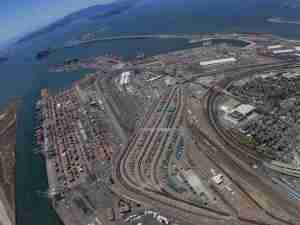It could take much longer, however, before the merged operation fully integrates its 87,000 employees into one big happy family.
Although the behemoth may deliver its promised cost and revenue benefits without a blended workforce, labor integration is a key measure by which the merger will be judged.
Experts say it is the highest barrier to consolidation in the notoriously tricky airline business. It also is an important test for Jeff Smisek, the 55-year-old Continental Airlines chief executive, who is tasked with forming and then leading the merged carrier as CEO.
"This is one of Smisek's biggest challenges. I happen to think that the Continental labor/management relationship is probably unique in the network industry," said Robert Mann, airline consultant at R.W. Mann & Co.
By most measures, Continental enjoys a much happier relationship with its workers than does UAL Corp's United, which won labor concessions during a three-year bankruptcy that embittered workers and led them to call for the ouster of CEO Glenn Tilton.
"How you would engineer (good will) among the United workforce is one of the objectives," Mann said. "But also it's one of the fairly difficult-to-achieve objectives."
Continental, the No. 4 U.S. airline, and United, which ranks No. 3, last week announced merger plans intended to generate up to $1.2 billion in annual revenue and cost benefits. Executives say the new carrier, to be known as United Airlines, will be positioned as a stronger entity with an unmatched global reach.
A chief selling point is that the two carriers have little overlap on routes. That means few if any layoffs, which holds great appeal for labor unions.
Scuffles Over Seniority
Now comes the hard part.
Blending airline work groups can be difficult because their pay and professional perks often hinge on the seniority workers accumulate at their respective airlines.
For example, seniority dictates what routes pilots and flight attendants can fly. Some of those employees are bound to find themselves lower on the seniority list after a merger.
This issue has stalled the integration of pilots at the merged US Airways Group for nearly five years. On the other hand, the pilots at Delta Air Lines , which merged with Northwest Airlines in 2008, have already reached agreement on a single seniority list.
Management and some labor groups at United and Continental hope their merger more closely resembles that of Delta.
"There is a substantial amount of work ahead of us, and this will be a lengthy process. But we have taken some steps," said Capt. Jay Pierce, chairman of the Continental pilots unit of the Air Line Pilots Association (ALPA).
"Management has committed to including us in the process and we expect to receive a detailed briefing on the business plan for the merged airline in the coming weeks," Pierce said.
The pilots at UAL and Continental -- both represented by ALPA -- have appointed a joint negotiating committee to bargain with the new airline.
"It won't move forward without us," Capt. Wendy Morse, chairman of United's ALPA chapter, told reporters last week. "All we have to do is look in the recent history and we see a Northwest merger that was very effective. And we saw a US Airways/America West merger that was not very effective."
Before their merger, Delta and Northwest won the cooperation of the pilots. US Airways, however, did not have the backing of its two pilots groups, which eventually dumped ALPA as their union and which still blame CEO Doug Parker for their disparate contracts.
Morse said ALPA intends to recover some of the compensation it sacrificed for UAL's bankruptcy that ended in 2006.
"We brought this day forward -- both us and Continental pilots. And as a result of that, we expect to share in the rewards and move the process forward," Morse said.
Dueling Unions
More Air Cargo
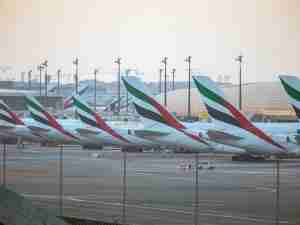
Emirates reports record profit as robust travel demand continues
View Article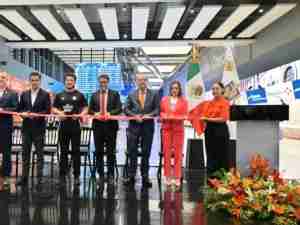
OMA, inaugurates first phase of terminal expansion at Monterrey International airport
View Article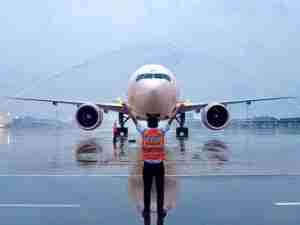
Ethiopian Airlines Group will manage Ethiopia’s new Legacy Lodges through Ethiopian Skylight Hotel
View Article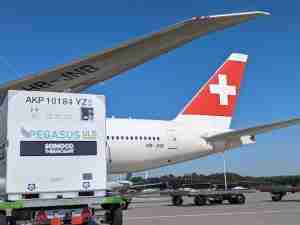
Swiss WorldCargo expands its network to Toronto, Canada
View Article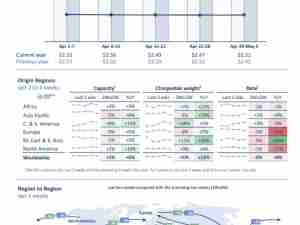
WorldACD Weekly Air Cargo Trends (week 18) - 2024
View Article